Instruction
Hitting shots from the rough at TPC Scottsdale
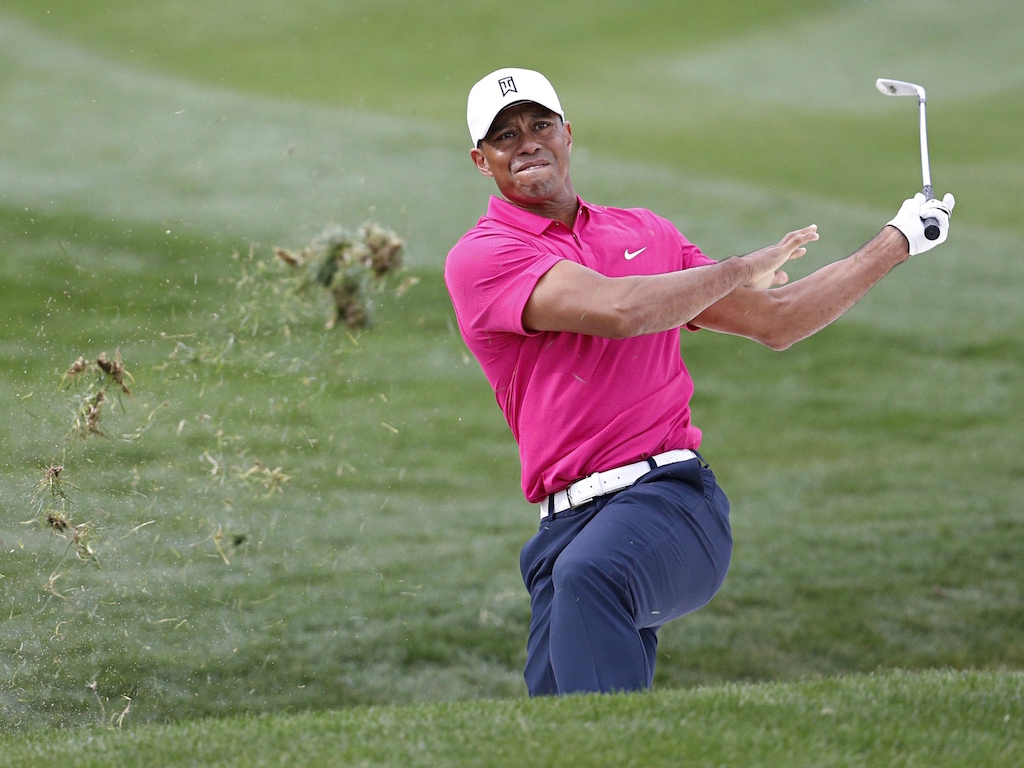
Before players arrived on site for the Waste Management Phoenix Open, I hit a few shots from the rough at TPC Scottsdale to see what the players have to deal with. With the help of Trackman, I recorded how different lies in the rough produce different numbers and ball flights. As you’ll see, certain lies in the rough greatly affect the outcome of the shot.
Let’s jump right in and have a look at the length of grass we’re going to be working with. As an instructor at TPC Scottsdale, I teach just off the right side of the No. 9 fairway, which will be in play for the tournament. The PGA Tour was targeting 3.5 inches of rough, and by the picture below, the grass was already at tournament height at the time of my experiment.
Now that we’ve got some solid rough to work with, let’s talk about how the grain of the grass considerably affects the outcome of the shot.
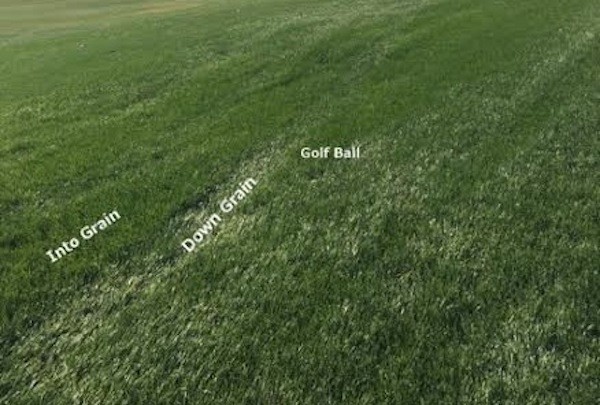
Grass can be mown or brushed to cause grain, and it can also naturally grow in different directions. Shiny grass lays away from you, dark grass lays toward you.
With the help of Trackman, let’s take a look at what happens with the different lies pictured above. The idea for my experiment was to make very similar swings, specifically in club speed, using a 7 iron from the various lies to see how much the grass can affect ball flight characteristics.
Fairway Lie
First, let’s look at a standard shot from the fairway. A good rule of thumb on spin with your irons is a 1000 rpm for each number. A seven iron should have roughly 7000 rpm, an 8 iron 8000 rpm, etc. In the photo above, you can see the numbers for my normal 7 iron.
Thick lie, slightly into the grain
Now that we know what a normal 7 iron looks like, let’s take a look at our first lie in the rough. This ball is down in some thick grass that is slightly into the grain. I added a pen to the photo for some scale.

That’s surely some deep sticky grass, and as you can see from the Trackman numbers below, 87 mph of club speed produced a shot that carried only 87 yards and had just 1300 rpm of spin.
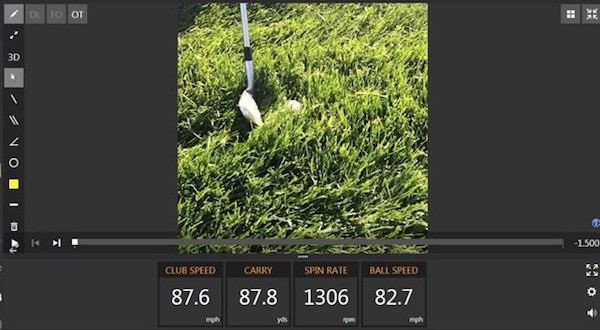
This kind of lie is brutal to hit from. As the club gets into the grass, the hosel of the club has a tendency to contact the grass first and slow down the heel of the club down, causing the club face to close. The only thing you’ll be able to do is hit a low line drive with little spin that runs slightly more than a normal shot because of the greatly reduced spin.
Higher club head speed and strength make a huge difference here — more speed has almost a one-to-one ratio to carry. More carry doesn’t necessarily make the shot easier to stop on the green, but it gives you the ability to fly the ball a greater distance.
Catching a break, the down-grain lie
Let’s take a look at what happens when you get the ball to land in some down grain grass. You can see the lie below. A tire track matted the grass down in the direction I’m hitting the shot. This rye rough is so dense the ball doesn’t sink to the bottom of the grass. It rides high, giving the player a fighting chance. Check out how much difference a down-grain lie can make compared to the shot out of the thick stuff. It carried 80 yards farther!
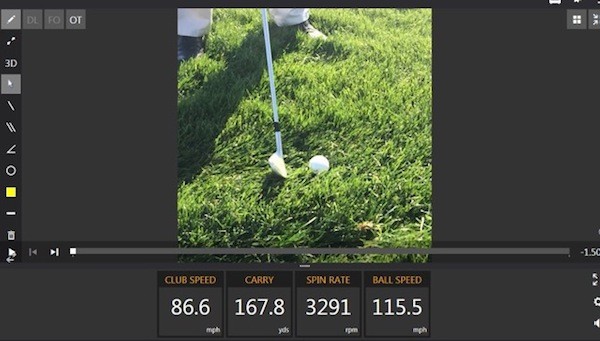
Digging into the numbers a little deeper, a couple things stick out to me.
First, even though the club speed is similar, the long, down-grain grass will take some speed off the ball. I got 115 mph of ball speed from the down-grain lie and 121 mph of ball speed from the fairway. My guess is that a couple of blades of grass got stuck between the face of the club and the ball. Like a baseball pitcher throwing a change up, shots hit from the rough move a little slower.
Even though the ball was traveling 6 mph hour slower, however, the low spin rate caused less friction in the air and, in turn, helped the ball fly the same distance as a shot from the fairway. With less than half the spin rate, however, it won’t stop nearly as quick as my stock 7 iron with 7200 rpm of spin. Plan accordingly.
When you’re watching the Waste Management Phoenix Open this week and you see someone play a shot out of the rough, you’ll have a much better idea of what is happening.
Things to remember when playing shots out of the rough
- When you reduce spin on any shot, all things being equal, the ball will fly farther.
- There is an art to reading how the ball is sitting in the grass. Take note of the grain of the grass and try to gauge how much grass is going to be caught between the face and ball at impact. More grass in between the ball and the club means less speed and less spin.
- Don’t forget that a flier can be an advantage. A good example is trying to get the ball on a par 5 in two shots from some down-grain grass. Less spin can add carry and more roll once the ball hits the turf.
- LIKE62
- LEGIT20
- WOW3
- LOL1
- IDHT1
- FLOP0
- OB0
- SHANK2
Instruction
The Wedge Guy: The easiest-to-learn golf basic

My golf learning began with this simple fact – if you don’t have a fundamentally sound hold on the golf club, it is practically impossible for your body to execute a fundamentally sound golf swing. I’m still a big believer that the golf swing is much easier to execute if you begin with the proper hold on the club.
As you might imagine, I come into contact with hundreds of golfers of all skill levels. And it is very rare to see a good player with a bad hold on the golf club. There are some exceptions, for sure, but they are very few and very far between, and they typically have beat so many balls with their poor grip that they’ve found a way to work around it.
The reality of biophysics is that the body moves only in certain ways – and the particulars of the way you hold the golf club can totally prevent a sound swing motion that allows the club to release properly through the impact zone. The wonderful thing is that anyone can learn how to put a fundamentally sound hold on the golf club, and you can practice it anywhere your hands are not otherwise engaged, like watching TV or just sitting and relaxing.
Whether you prefer an overlap, interlock or full-finger (not baseball!) grip on the club, the same fundamentals apply. Here are the major grip faults I see most often, in the order of the frequency:
Mis-aligned hands
By this I mean that the palms of the two hands are not parallel to each other. Too many golfers have a weak left hand and strong right, or vice versa. The easiest way to learn how to hold the club with your palms aligned properly is to grip a plain wooden ruler or yardstick. It forces the hands to align properly and shows you how that feels. If you grip and re-grip a yardstick several times, then grip a club, you’ll see that the learning curve is almost immediate.
The position of the grip in the upper/left hand
I also observe many golfers who have the butt of the grip too far into the heel pad of the upper hand (the left hand for right-handed players). It’s amazing how much easier it is to release the club through the ball if even 1/4-1/2″ of the butt is beyond the left heel pad. Try this yourself to see what I mean. Swing the club freely with just your left hand and notice the difference in its release from when you hold it at the end of the grip, versus gripping down even a half inch.
To help you really understand how this works, go to the range and hit shots with your five-iron gripped down a full inch to make the club the same length as your seven-iron. You will probably see an amazing shot shape difference, and likely not see as much distance loss as you would expect.
Too much lower (right) hand on the club
It seems like almost all golfers of 8-10 handicap or higher have the club too far into the palm of the lower hand, because that feels “good” if you are trying to control the path of the clubhead to the ball. But the golf swing is not an effort to hit at the ball – it is a swing of the club. The proper hold on the club has the grip underneath the pad at the base of the fingers. This will likely feel “weak” to you — like you cannot control the club like that. EXACTLY. You should not be trying to control the club with your lower/master hand.
Gripping too tightly
Nearly all golfers hold the club too tightly, which tenses up the forearms and prevents a proper release of the club through impact. In order for the club to move back and through properly, you must feel that the club is controlled by the last three fingers of the upper hand, and the middle two fingers of the lower hand. If you engage your thumbs and forefingers in “holding” the club, the result will almost always be a grip that is too tight. Try this for yourself. Hold the club in your upper hand only, and squeeze firmly with just the last three fingers, with the forefinger and thumb off the club entirely. You have good control, but your forearms are not tense. Then begin to squeeze down with your thumb and forefinger and observe the tensing of the entire forearm. This is the way we are made, so the key to preventing tenseness in the arms is to hold the club very lightly with the “pinchers” — the thumbs and forefingers.
So, those are what I believe are the four fundamentals of a good grip. Anyone can learn them in their home or office very quickly. There is no easier way to improve your ball striking consistency and add distance than giving more attention to the way you hold the golf club.
More from the Wedge Guy
- The Wedge Guy: Golf mastery begins with your wedge game
- The Wedge Guy: Why golf is 20 times harder than brain surgery
- The Wedge Guy: Musings on the golf ball rollback
- LIKE86
- LEGIT13
- WOW6
- LOL1
- IDHT0
- FLOP4
- OB1
- SHANK8
Instruction
Clement: Stop ripping off your swing with this drill!

Not the dreaded headcover under the armpit drill! As if your body is defective and can’t function by itself! Have you seen how incredible the human machine is with all the incredible feats of agility all kinds of athletes are accomplishing? You think your body is so defective (the good Lord is laughing his head off at you) that it needs a headcover tucked under the armpit so you can swing like T-Rex?
- LIKE0
- LEGIT2
- WOW2
- LOL0
- IDHT0
- FLOP0
- OB0
- SHANK2
Instruction
How a towel can fix your golf swing

This is a classic drill that has been used for decades. However, the world of marketed training aids has grown so much during that time that this simple practice has been virtually forgotten. Because why teach people how to play golf using everyday items when you can create and sell a product that reinforces the same thing? Nevertheless, I am here to give you helpful advice without running to the nearest Edwin Watts or adding something to your Amazon cart.
For the “scoring clubs,” having a solid connection between the arms and body during the swing, especially through impact, is paramount to creating long-lasting consistency. And keeping that connection throughout the swing helps rotate the shoulders more to generate more power to help you hit it farther. So, how does this drill work, and what will your game benefit from it? Well, let’s get into it.
Setup
You can use this for basic chip shots up to complete swings. I use this with every club in my bag, up to a 9 or 8-iron. It’s natural to create incrementally more separation between the arms and body as you progress up the set. So doing this with a high iron or a wood is not recommended.
While you set up to hit a ball, simply tuck the towel underneath both armpits. The length of the towel will determine how tight it will be across your chest but don’t make it so loose that it gets in the way of your vision. After both sides are tucked, make some focused swings, keeping both arms firmly connected to the body during the backswing and follow through. (Note: It’s normal to lose connection on your lead arm during your finishing pose.) When you’re ready, put a ball in the way of those swings and get to work.

Get a Better Shoulder Turn
Many of us struggle to have proper shoulder rotation in our golf swing, especially during long layoffs. Making a swing that is all arms and no shoulders is a surefire way to have less control with wedges and less distance with full swings. Notice how I can get in a similar-looking position in both 60° wedge photos. However, one is weak and uncontrollable, while the other is strong and connected. One allows me to use my larger muscles to create my swing, and one doesn’t. The follow-through is another critical point where having a good connection, as well as solid shoulder rotation, is a must. This drill is great for those who tend to have a “chicken wing” form in their lead arm, which happens when it becomes separated from the body through impact.
In full swings, getting your shoulders to rotate in your golf swing is a great way to reinforce proper weight distribution. If your swing is all arms, it’s much harder to get your weight to naturally shift to the inside part of your trail foot in the backswing. Sure, you could make the mistake of “sliding” to get weight on your back foot, but that doesn’t fix the issue. You must turn into your trial leg to generate power. Additionally, look at the difference in separation between my hands and my head in the 8-iron examples. The green picture has more separation and has my hands lower. This will help me lessen my angle of attack and make it easier to hit the inside part of the golf ball, rather than the over-the-top move that the other picture produces.


Stay Better Connected in the Backswing
When you don’t keep everything in your upper body working as one, getting to a good spot at the top of your swing is very hard to do. It would take impeccable timing along with great hand-eye coordination to hit quality shots with any sort of regularity if the arms are working separately from the body.
Notice in the red pictures of both my 60-degree wedge and 8-iron how high my hands are and the fact you can clearly see my shoulder through the gap in my arms. That has happened because the right arm, just above my elbow, has become totally disconnected from my body. That separation causes me to lift my hands as well as lose some of the extension in my left arm. This has been corrected in the green pictures by using this drill to reinforce that connection. It will also make you focus on keeping the lead arm close to your body as well. Because the moment either one loses that relationship, the towel falls.


Conclusion
I have been diligent this year in finding a few drills that target some of the issues that plague my golf game; either by simply forgetting fundamental things or by coming to terms with the faults that have bitten me my whole career. I have found that having a few drills to fall back on to reinforce certain feelings helps me find my game a little easier, and the “towel drill” is most definitely one of them.
- LIKE12
- LEGIT2
- WOW2
- LOL0
- IDHT0
- FLOP2
- OB0
- SHANK8
-

 19th Hole2 weeks ago
19th Hole2 weeks agoDave Portnoy places monstrous outright bet for the 2024 Masters
-

 19th Hole2 weeks ago
19th Hole2 weeks agoTiger Woods arrives at 2024 Masters equipped with a putter that may surprise you
-

 19th Hole18 hours ago
19th Hole18 hours ago‘Absolutely crazy’ – Major champ lays into Patrick Cantlay over his decision on final hole of RBC Heritage
-

 19th Hole3 weeks ago
19th Hole3 weeks agoReport: Tiger Woods has ‘eliminated sex’ in preparation for the 2024 Masters
-

 19th Hole1 week ago
19th Hole1 week agoTwo star names reportedly blanked Jon Rahm all week at the Masters
-

 19th Hole7 days ago
19th Hole7 days agoReport: LIV Golf identifies latest star name they hope to sign to breakaway tour
-

 19th Hole1 week ago
19th Hole1 week agoNeal Shipley presser ends in awkward fashion after reporter claims Tiger handed him note on 8th fairway
-

 19th Hole6 days ago
19th Hole6 days agoBrandel Chamblee has ‘no doubt’ who started the McIlroy/LIV rumor and why

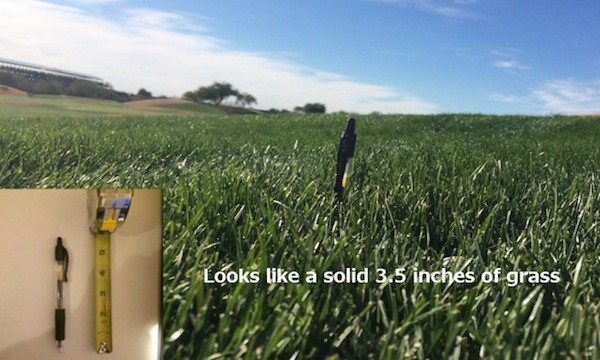
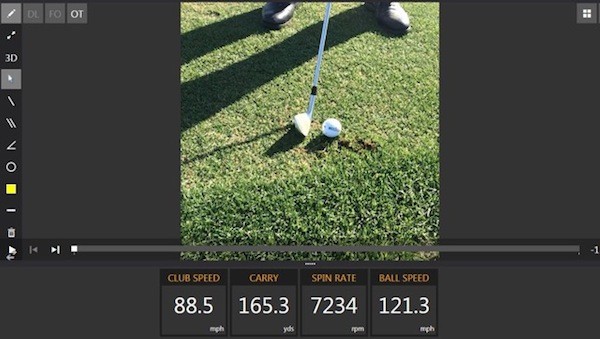














Tom Stickney
Jan 31, 2015 at 11:03 pm
Good stuff
Jeff
Jan 31, 2015 at 9:21 am
Great read.
P
Jan 30, 2015 at 12:44 pm
We need more articles like this to explain to weekenders what really happens with their game and why they score so poorly.
Philip
Jan 31, 2015 at 2:50 am
ditto
Jay
Jan 30, 2015 at 12:27 pm
Great article. Thanks!